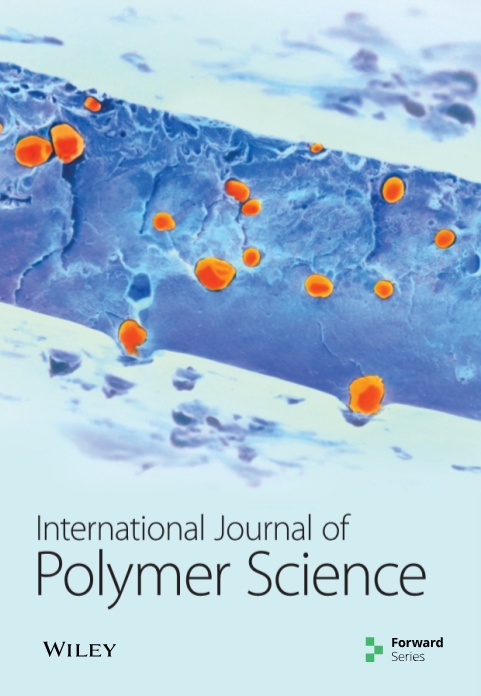玻璃纤维和玄武岩纤维增强聚合物棒碱活性硅酸铝梁在循环荷载作用下的开裂行为
IF 4.4
4区 化学
Q2 POLYMER SCIENCE
引用次数: 3
摘要
水泥是混凝土的基本材料,在世界范围内,水泥的使用量仅次于水的消耗量。由于二氧化碳排放到大气中,因此使用了地质聚合物混凝土的替代材料。在这项研究工作中,二氧化硅和氧化铝含量,如磨碎的高炉矿渣(GGBS)、粉煤灰,以及由碱活化剂引发的溶液,被用于地质聚合物混凝土中。由于河砂的减少,考虑了人造砂(M-sand)的替代材料。为了避免钢筋混凝土结构中的腐蚀问题,本工作使用玻璃纤维增强聚合物(GFRP)和玄武岩纤维加强聚合物(BFRP)钢筋作为钢筋的替代材料。根据规范IS:10262,控制配合比采用M30级混凝土配合比设计,地质聚合物混凝土采用相同比例。六根地聚合物梁和一根100×160×1700的混凝土控制梁 mm铸造并在四点循环载荷下进行检查。将循环荷载结果与环境养护下的静荷载结果进行了比较。比较和讨论了残余挠度、弯矩承载力、能量耗散和应力-应变行为的结果。在静态和循环弯曲试验中,观察到FRP梁的突然剪切和过早破坏。本文章由计算机程序翻译,如有差异,请以英文原文为准。
Cracking Behaviour of Alkali-Activated Aluminosilicate Beams Reinforced with Glass and Basalt Fibre-Reinforced Polymer Bars under Cyclic Load
Cement is an essential material for concrete, which is mostly used worldwide second to the consumption of water. Due to the emission of CO2 into the atmosphere, the alternative material of geopolymer concrete was used. In this research work, silica and alumina content such as ground granulated blast furnace slag (GGBS), fly ash, and triggered by alkali activator solutions were used in geopolymer concrete. Due to the dwindling of river sand, alternative material of manufactured sand (M-Sand) was considered. To avoid corrosion problems in reinforced concrete structures, glass fibre reinforced polymer (GFRP) and basalt fibre-reinforced polymer (BFRP) bars were used as an alternative material for steel reinforcement in this work. As per the code, IS: 10262, the concrete mix design of M30 grade has arrived for the control mix and the same proportion was adopted for geopolymer concrete. Six beams of geopolymer and a concrete control beam of
100
×
160
×
1700
mm were cast and examined under a four-point cyclic load. Cyclic load results were compared with static load under ambient curing. Residual deflection, moment capacity, energy dissipation, and stress–strain behaviour results were compared and discussed. A sudden shear and premature failure were observed in FRP beams under static and cyclic bending tests.
求助全文
通过发布文献求助,成功后即可免费获取论文全文。
去求助
来源期刊

International Journal of Polymer Science
POLYMER SCIENCE-
CiteScore
6.10
自引率
0.00%
发文量
55
审稿时长
>12 weeks
期刊介绍:
The International Journal of Polymer Science is a peer-reviewed, Open Access journal that publishes original research articles as well as review articles on the chemistry and physics of macromolecules.
 求助内容:
求助内容: 应助结果提醒方式:
应助结果提醒方式:


